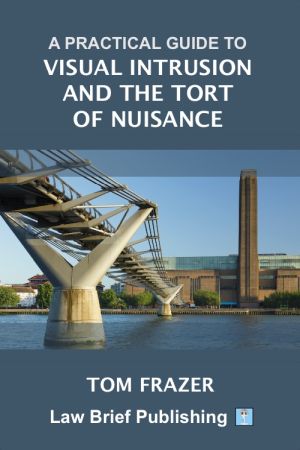We will be closed from 5pm Thursday 17th April for the Easter Bank Holidays, re-opening at 8.30am on Tuesday 22nd April. Any orders placed during this period will be processed when we re-open.

Following the Supreme Court’s landmark decision in Fearn v Board of Trustees of the Tate Gallery, ‘visual intrusion’ is now established as an act that can give rise to liability in the tort of nuisance. The facts of that case, in which the gallery’s use of its viewing platform was found to interfere with the property rights of its residential neighbours, are unlikely to reoccur. Nevertheless, the judgment has opened the door for the law of visual intrusion to expand and develop, especially in the context of disputes between neighbours.
This book explores the meaning of the term ‘visual intrusion’, including an assessment of the acts which might fall within its scope, and its place within the wider tort of nuisance. It examines the various elements of the cause of action which any claimant will need to establish, as well as the remedies they may be able to obtain and the defences that may prevent them from doing so. This book also considers in detail the Supreme Court’s consideration of the test for liability in cases of nuisance for interference with the use and amenity of land.